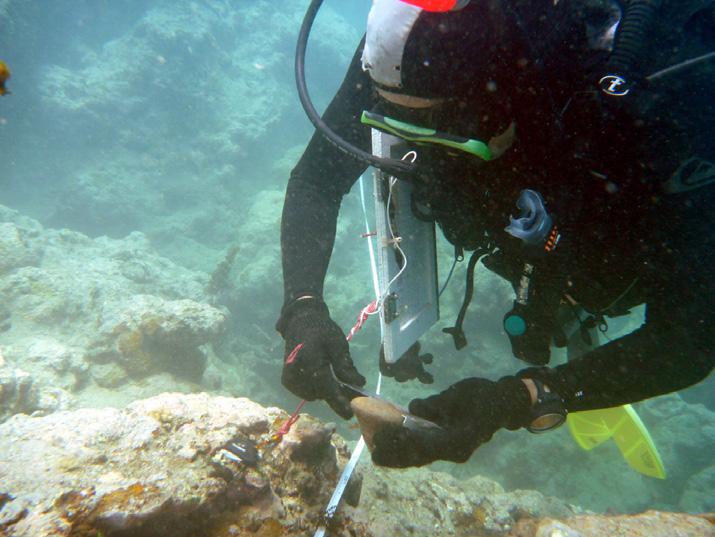
3 minute read
Slugs and snails and researchers’ tales
from NorDocs Autumn 2021
by NRGPN
by Robin Osborne
Slugs and snails may be unwelcome residents of terrestrial gardens but in the ocean they are being hailed for making positive contributions to the aquatic environment as well as delighting those fortunate to sight them.
Advertisement
In the forefront of ‘sea slug’ and ‘sea snail’ research are two Southern Cross University marine scientists, Steven Purcell and Steve Smith, the latter being fortunate enough to share his initials with these extraordinary creatures. He may even be able to say the words ‘Sea Slug Census’ three times quickly, although perhaps not under water.
At the end of January Professor Smith coordinated the third annual Coffs Coast Sea Slug Census, an event where “divers and rockpool ramblers” – another nice piece of alliteration – join forces to discover a significant number of nudibranch species. The flamboyant nudibranchs, less attractively known as ‘sea slugs’, are molluscs with reduced or absent shells, and they flourish in the waters of the NSW North Coast.
Professor Smith said, “The abundance of sheltered rock pools along the Coffs coastline, combined with the underwater habitat diversity around the Solitary Islands, provide a fantastic combination of suitable conditions for a large range of species.”
With the support of the local diving group, Professor Smith created the first Sea Slug Census in 2013 at Nelson Bay, north of Newcastle. Since then, in conjunction with local naturalist and diving groups, the event has expanded to sites from the Gold Coast to Melbourne and offshore at Lord Howe Island.
“Participants simply find and photograph as many species of sea slug as possible and note the location. It’s a citizen science program that offers fun, adventure and opportunities to learn about our remarkable marine biodiversity,” Prof Smith added.
Meanwhile, in Pacific waters far to the east, SCU’s other marine-researching Steven has been on the trail of an equally fascinating creature, the ‘sea snail’, more Professor Steve Smith

Dr Steven Purcell measuring trochus shell.

Gold spotted nudibranch

A polished trochus shell Credit: Steven Purcell properly known as the trochus.
If Australians know anything about trochus it is because of the spectacular lustre of the shell, which, when polished, makes it the most popular source of mother-of-pearl buttons. The meat, which can be cooked in a variety of ways, is sold at Sydney Fish Market and is regarded as highly nutritious.

Now, as Dr Steven Purcell has confirmed in the journal Restoration Ecology, the trochus is having a positive ecological impact on coral reefs in Samoa where it was first introduced 15 years ago, long after it was well established in other Pacific countries as a valuable shellfish resource.
Noting that he had found no negative ecological effects of the trochus in colonised Samoan coral reefs, Dr Purcell wrote: “It’s a story of the amazing colonisation of snails that appears to benefit both the marine environment and the livelihoods of the Samoan people.
“Unlike examples in Australia – the cane toad, the fox, rabbit and European carp, to name a few, which have been detrimental to native species and habitats – the trochus has shown itself to be a welcome species that can control reef algae while offering a valuable new seafood to coastal people.”
Several years ago the Australian Centre for International Agricultural Research (ACIAR) commissioned SCU to partner with Samoa’s Ministry of Fisheries in the study.
“From a few initial release sites, trochus now can be found around both main islands in Samoa. At many reef sites, populations are abundant, with several hundred animals or more per hectare,” Dr Purcell said.
“A vibrant fishery has been established in Samoa, where artisanal village fishers collect them for local consumption and sale by the roadside.”
In recent years, reefs in Samoa and elsewhere in the Pacific have been impacted by coral bleaching and subsequent algal overgrowth. Other studies show that trochus can benefit reef systems. Through its feeding, the herbivorous snails graze down this algal overgrowth that can smother young corals or prevent them from attaching on the reef.
“Our data found the introduced trochus in Samoa do not appear to be outcompeting the native marine snail species,” Dr Purcell said.










